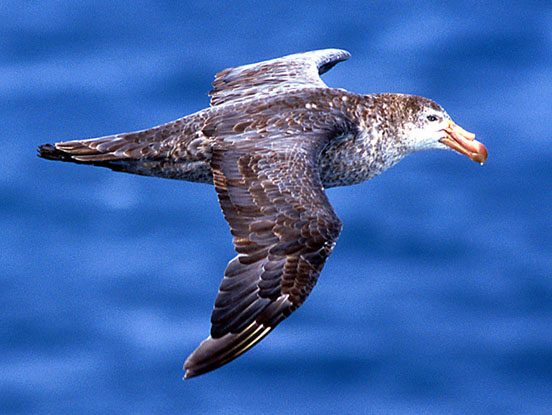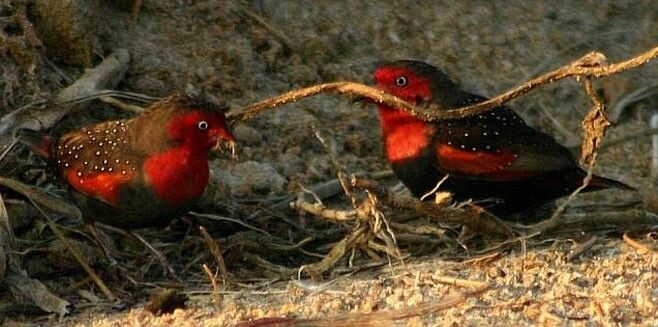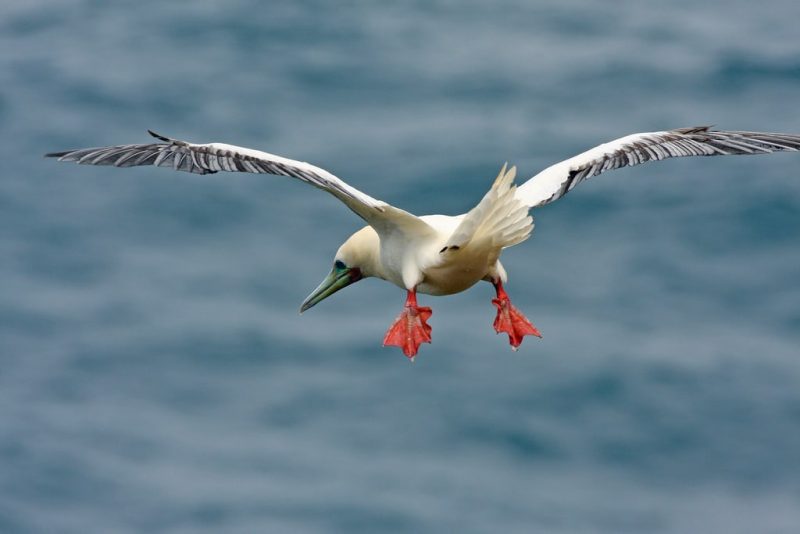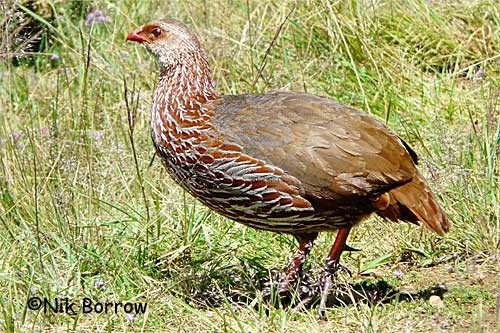The Uncertain And Introduced Kenyan Birds
The vast countryside, gorgeous woodlands, majestic highlands, open savannas and the coastal areas of Kenya is a birder’s paradise. These are the locations of exotic birds of numerous species. The twittering and chattering of the birds is music to their ears. It is where nature turns into a school to teach the language of the birds. Watching and observing the nesting, roosting and feeding mannerisms of these birds is a fascination that brings unexplainable delight to experts. And it is how ornithologists detect the behavioral patterns for research and academic purposes. But very often in the midst of this melody melee and theatrics, they fail to distinguish between the birds that are indigenous but rare and the ones that are foreign to Kenya brought on by direct or indirect human intervention.
Uncertain bird species
One of the fascinating aspects of watching the chirping and tweeting of birds is the unusual circumstances under which photographers, birdwatchers, safari travelers and amateurs crisscrossing Kenya stumble upon rare ones. They have recorded many sightings of some vagrant birds. However, unfortunately, officials have not been able to confirm it. Hence, they go unnoticed. They are the Southern Giant-petrel, the Brown Skua, the Little Gull, the Forest Wood Hoopoe and the Speckled Tinkerbird.
Southern Giant-Petrel
The more common Southern giant-petrel are grey-brown with a fair face although the birds come in two distinct color morphs. The rare white morph is pure white with random small black spots. They are silent birds but tend to be very noisy when squabbling over food. They possibly occur as a vagrant in coastal Kenya.
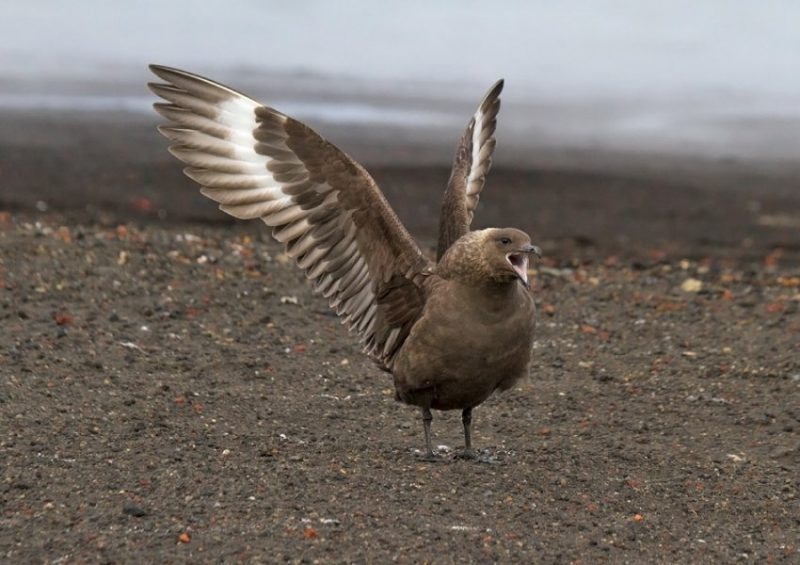
Brown skua The uncertain and introduced Kenyan birds Source: Tropical Birding
Brown Skua
An opportunistic scavenger and predator, Brown Skua, feed on a broad range of animals and attack all birds. However, they show a preference for killing seabirds, forcing the victim underwater following plunge-diving. Although they feed mostly by scavenging fish, some populations hunt prions and petrels mainly at night, digging them from shallow burrows.
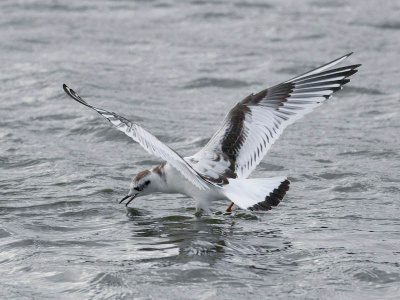
Little gull Source: Bird Forum
Little Gull
Worldwide, the smallest gull is the Little gull whose origin is something of a mystery. Many think that the species came to Kenya through transatlantic colonisations. Some reports suggest that their diet appears to consist mainly of small fish, invertebrates, and flying insects. But remarkably little information exists about Little gull as there have been no biological studies done on possible origins.
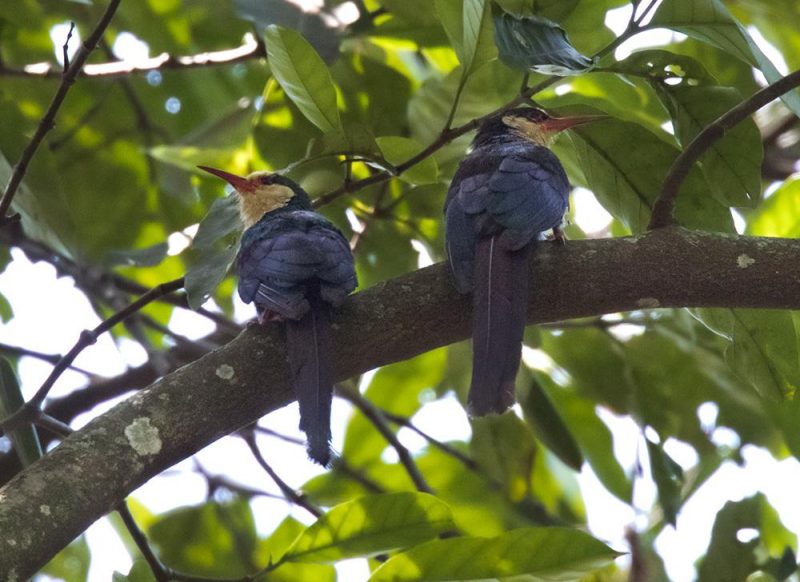
Wood hoopoe Source: HBW
Forest Wood-Hoopoe
Formerly called the Red-billed wood-hoopoe and more commonly known as Greenwood hoopoe, the Forest wood hoopoe is a bird native to Africa but is now rare in Kenya. Sadly, extensive deforestation in the country precludes any likelihood of the bird’s return. They live in groups with only one breeding couple. The female lays eggs in an old barbet nest or a natural tree hole and incubates for 18 days. Upon hatching, the entire group feeds the chicks and defends them against intruders. This conspicuous bird advertises its presence with its loud call and other vocalizations.
Speckled Tinkerbird
Plump-looking birds with rather large head, the Speckled tinkerbird have a hefty bill fringed with bristles. They are mostly solitary and visit plantations to feed on cultivated fruits and vegetables. They are believed to be agents in seed dispersal because after eating a whole fruit, they regurgitate indigestible material. Speckled tinkerbird also eats insects such as ants, dragonflies, cicadas, crickets, locusts, moths, beetles and mantids. They usually nest in holes of dead trees, stumps or branches. The hen lays between 2 to 4 eggs. Parents share the nesting duties. Tinkerbirds place sticky mistletoe seeds at the entrances of their nests to deter predators. It is hard to find these birds in Kenya these days. However, there is a collection of an old specimen near Kitale in Kenya, and an early sight record exists from Kakamega Forest which remains unsubstantiated.
Introduced by humans
While birdwatching during a safari it is easy to mistake a bird to be a member of a localized population especially if there are hardly any visible differences in their physical features. But, fascinatingly, many birds in Kenya are not endemic or indigenous. They are introduced to the country directly or indirectly by human beings. World explorers and biologists play a significant role in the existence of such birds in Kenya. An amateur bird lover may not pay much attention to the status of the birds in the country. However, for an ornithologist who studies particular bird species, it is rather important to know about the evolutionary patterns of those birds. There are particularly two Kenyan birds introduced through human intervention. They are the Yellow-Collared Lovebird and the House Crow.
Yellow-Collared Lovebird
Known as masked lovebirds, yellow-collared lovebirds are very amiable and strikingly beautiful with the bare white skin around their eyes. They are called lovebirds because they maintain the same mate throughout their coupling life and preen and groom each other. They mainly inhabit the southeast of Lake Victoria and portions of Naivasha in Kenya. People keep them as cage birds in America and Europe. They require access to water because they drink several times a day. One particular characteristic of these lovebirds is their ability to mimic human voices in captivity. They can articulate different sounds and change the sound of their voices because of the thick, fleshy tongue. However, it is not common.
House Crow
Brazen and conspicuous in Kenya, House crows live in close association with human beings. Its presence in Kenya, especially in the coastal region from Mombasa south to Diani, negatively impact the population of native birds. The increasing numbers of the House crows in the country are partially due to the uncollected garbage.
Ornithology is probably one field of study that is left unsearched to a large extent. Hence, it is highly recommended to treat any descriptions of the rare and introduced birds of Kenya merely as a guide and not as the ultimate fact. And that is because not enough people have carefully observed or researched the evolutionary traits of these birds.
5 Frequently Asked Questions About The Uncertain Birds Of Kenya
To receive a colourful digibook about birds with videos, images and text, please fill out the following form or simply email us on safaris@safari-center.com

